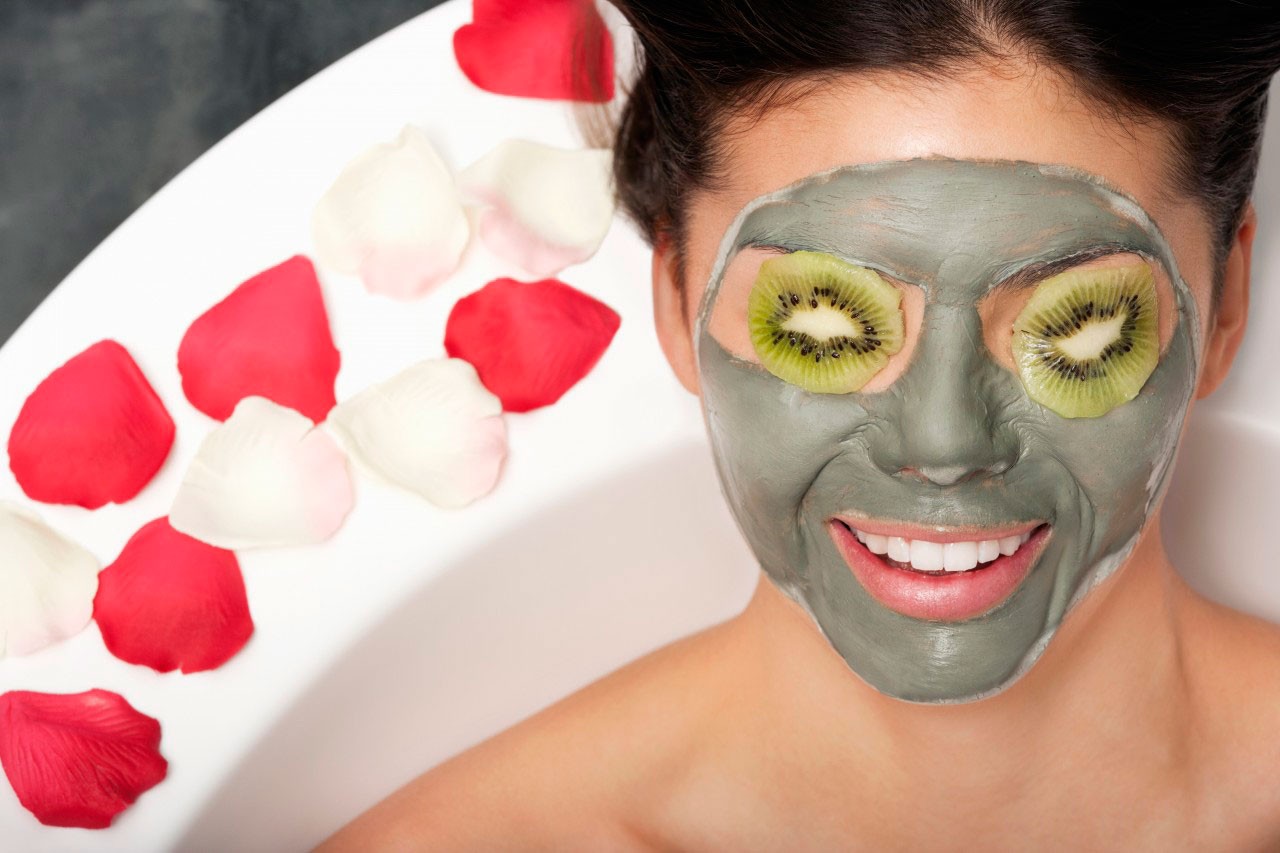Ways to Save on Skin Care

What to substitute, and what to spend on if you can.
Skin care is somewhere between a luxury and necessity, especially as we age. But it doesn’t have to be expensive. With a little creativity and planning, it’s possible to take care of your skin without breaking your budget.
The first rule of smart shopping: only buy higher-end cosmetics and products, and any product you haven’t yet tried, from stores with generous return policies. Sephora, Ulta, and some other beauty chains allow you to return products even after you’ve opened them. If you’re less than happy with a product, return it — and keep only the true winners.
Then, pay attention to ingredients. Despite manufacturers’ extravagant claims, many of the most effective ingredients in skin care have been around for decades, if not centuries. On the natural side, coconut oil, cocoa and shea butters, glycerin, squalene (made from olive oil), and lanolin (derived from sheep’s wool) are historically popular moisturizers and emollients found in everything from budget buys to the highest-end department-store brands. On the less-than-natural side, mineral oil and petroleum jelly are highly refined petroleum byproducts, but they’re in your grandmother’s medicine cabinet for a reason — they’re gentle and widely effective on many types of skin.
All have been used for decades and are recommended by dermatologists, many of whom consider the lowly petroleum jelly to be the gold standard of moisturizers. In fact, that’s the third ingredient in one of the world’s most notoriously expensive moisturizers, Crème de La Mer from the Estee Lauder-owned La Mer (which costs a whopping $310 for 2 ounces). Do you really need to spend hundreds on a cream made up largely of petroleum jelly?
Here are a few more ways to save, and where to splurge if you can.
Save
Vitamin A-based retinol and alpha-hydroxy acids (AHAs) are some of the most effective skin-care discoveries of the past several decades. They exfoliate and brighten skin, and can even reduce wrinkles. Most dermatologists recommend using them beginning in your 20s for serious age-fighting effects.
Consider, though, that you can spend $100-plus on a product with AHAs or retinol, or less than $10 at the drugstore. Check the ingredients, and they’re essentially the same product. For AHAs, try Alpha Hydrox, a brand available at most drugstores; for retinol, Neutrogena offers safe bets at reasonable prices, particularly for company’s longest-running products. You can even make natural — and surprisingly effective — AHA-based treatments from yogurt or a variety of fruits at home, which will make your home spa day nearly free. (See Your Natural Skin Care Options for more at-home skin-care ideas that cost pennies.)
Remember to start with lower concentrations of these potent ingredients to avoid irritating or overdrying skin while your skin adjusts — use a 5 to 10 percent AHA formulation, and use only one at a time. For example, you might use an AHA product one night, a retinol the second night, then take the third night off. If you have sensitive skin, layer a moisturizer over them, too, and be sure to wear sunscreen religiously, since both make skin more sensitive to the sun. Finally, to avoid risking sun damage, stick with using AHAs and retinol only at night, saving daytime for basic moisturizing.
Ask any skin expert, and they’ll tell you the sun is more responsible for aging than any other single factor — some say as much as 90 percent. The well-regarded aesthetician Renee Rouleau suggests checking skin that rarely sees sunlight for wrinkles. Notice how it’s still smooth, probably well into your 50s, while areas of the body that regularly receive sun are not? That’s the effect of the sun on aging in action — and why they say the most important step you can take to protect skin against aging is to wear sunscreen every day, even if you work inside. (UVA rays — those most responsible for aging — can penetrate window glass.)
Thankfully, this is one step where it’s easy to save money. Look for a combined moisturizer with SPF to take care of two skin-care essentials with one purchase. The less you can spend, the better, since it will encourage you to use it liberally — at least a quarter for the neck, and another a dime or nickel for the face at each application, Rouleau recommends.
Spend
With all the money you’ve saved, you might have the money for one knockout skin-care product — and now you can feel justified spending it. Whether it’s a killer overnight moisturizer or the perfect primer, if you’ve found your holy grail, concentrate your beauty dollars there without guilt.
For example, specialty ingredients such as peptides may be worth the cost, since you won’t always find them in drugstore brands. (Yet even then there are exceptions: Olay’s Regenerist line, for example, has been widely praised for formulations that take advantage of the latest skin science.)
Similarly, if you’re concerned about all-natural, organic ingredients, spending slightly more for these might be a good idea — but shop around on the internet before you buy. Often you can find coupons, and prices for the same products can vary dramatically from site to site. Offline, Yes to Carrots and Burt’s Bees are reasonably priced brands found in many drugstores that prioritize natural and organic ingredients.
The bottom line: if the scent, design, or effectiveness of a particular product simply makes you happy, that’s reason enough to splurge — consider the boost it gives you an every-day investment in your own joy. Then use some of the tricks above to bring your beauty budget back into balance.
Updated:
March 25, 2020
Reviewed By:
Janet O’Dell, RN